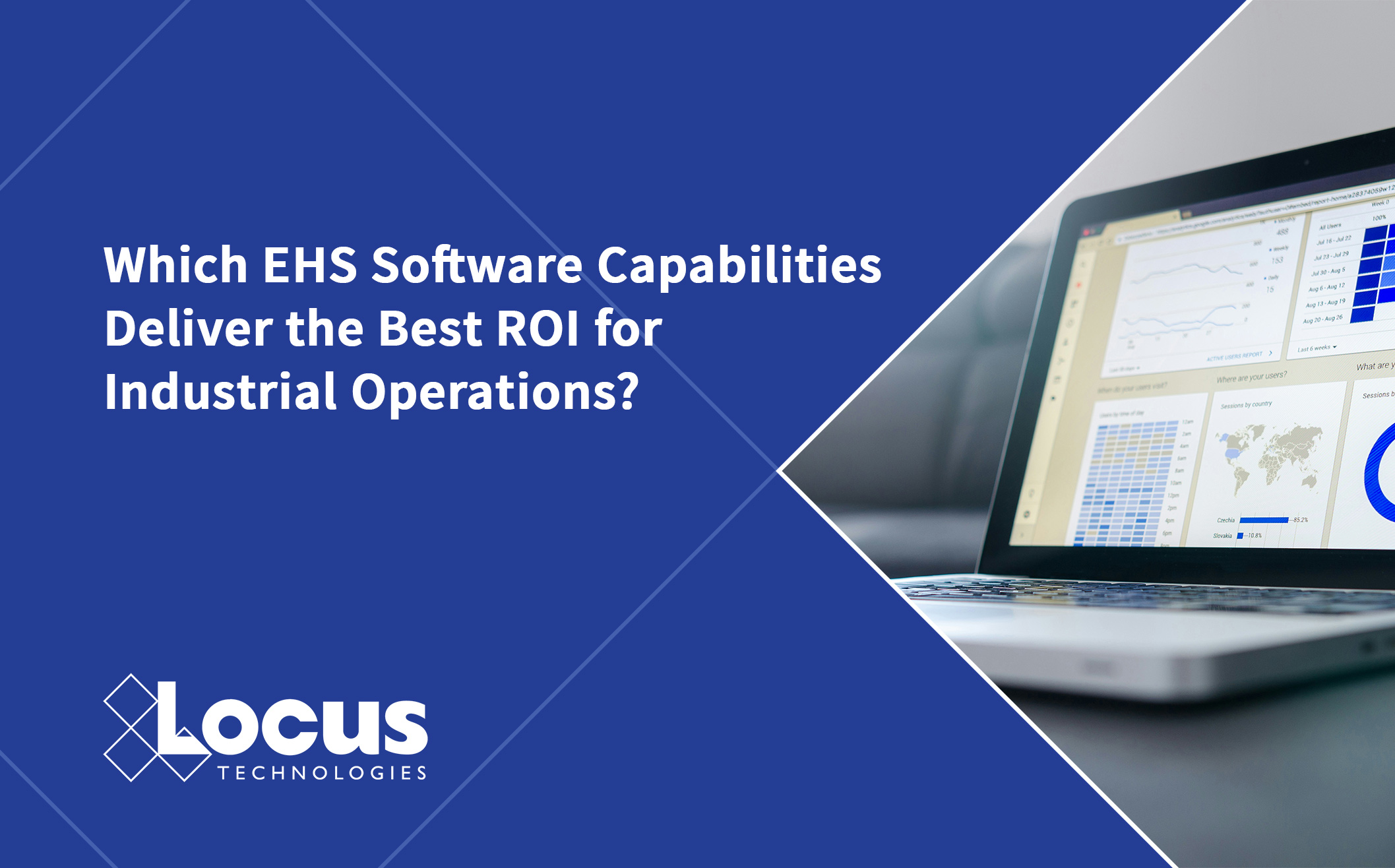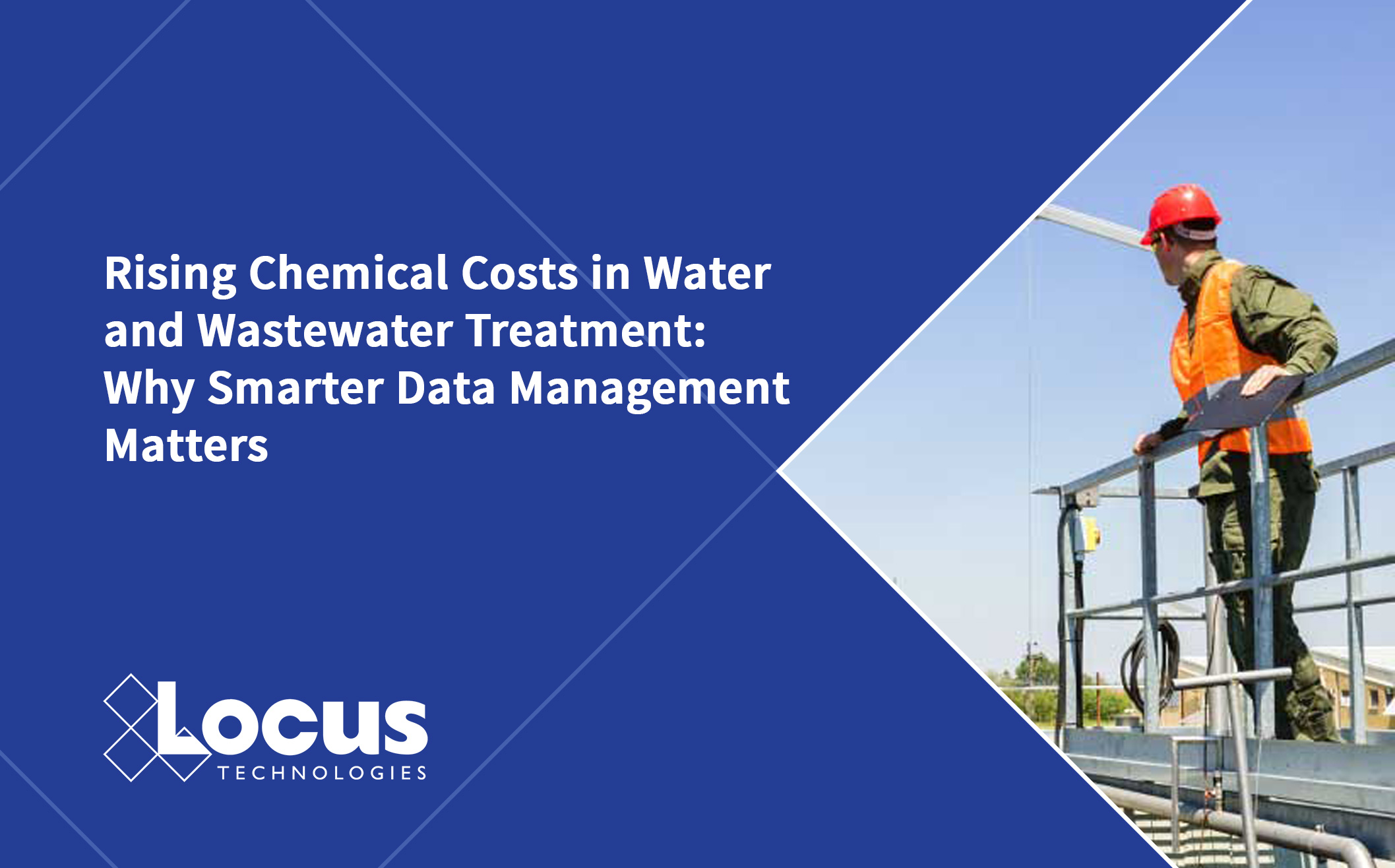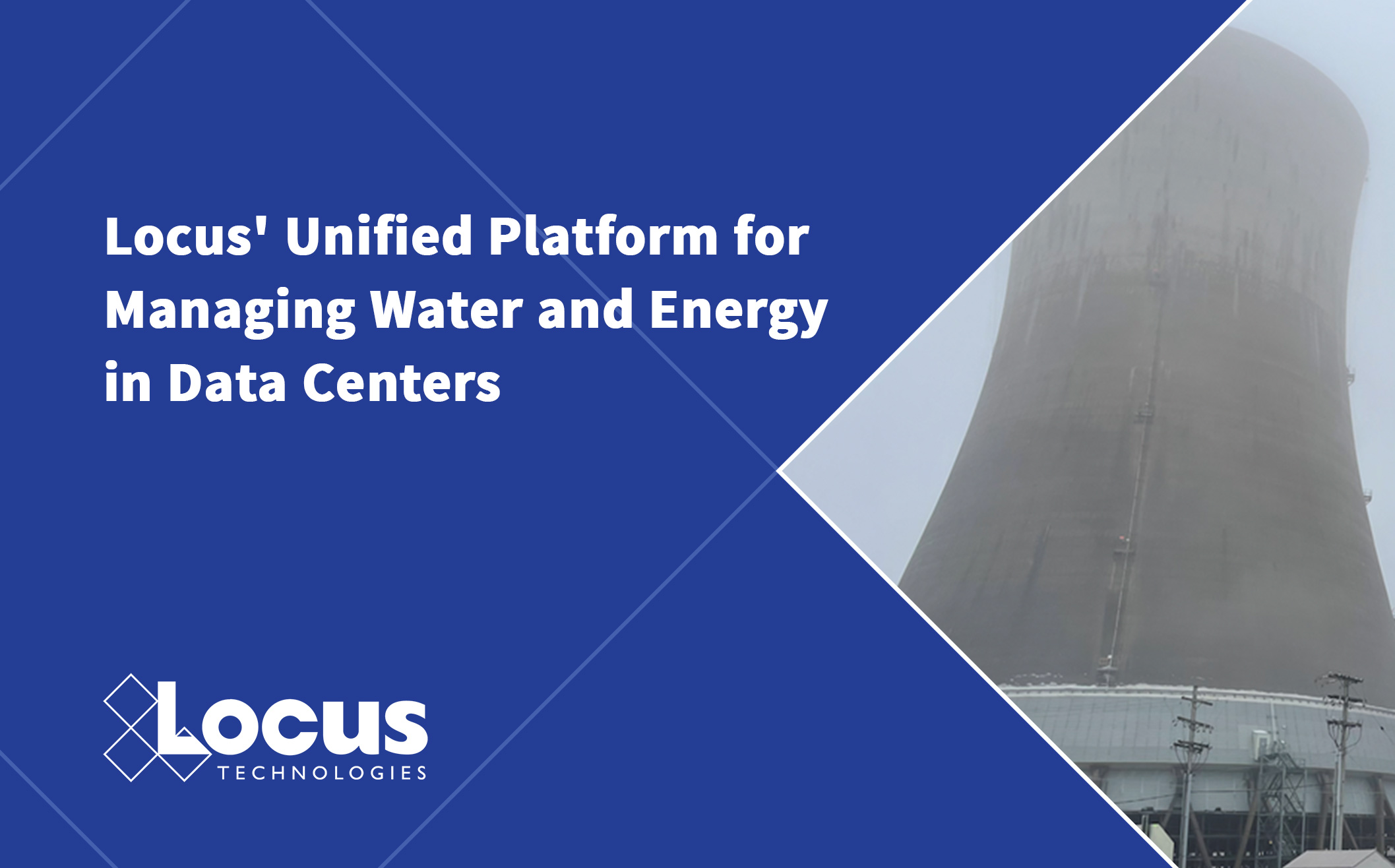
Reading Time: 13 minutes
In her August 7, 2025, article in the Wall Street Journal, Peggy Noonan beautifully introduces the state of affairs, “This summer, the knowledge settled in about where we are with artificial intelligence. Almost everyone is rattled by the speed of its development. The story is no longer ‘AI in coming decades will take a lot of jobs’ or ‘AI will take jobs sooner than we think.’ It is ‘AI is here and a quiet havoc has begun.’
But the broader story isn’t just about the ways in which AI is impacting jobs and commerce. There’s a growing understanding of the enormous burden AI places upon our data centers and the resources that go into sustaining them. This article is the first in a series in which we will explore the environmental impacts of all that processing power, from the embodied carbon related to constructing massive facilities, to the water and energy used in their operations, to the refrigerants that keep them humming along at optimal temperature.
Bridging the Water–Energy Nexus in Data Centers with a Unified SaaS Platform
As data center demand surges worldwide, operators face twin challenges: skyrocketing water usage and energy consumption. The rise of cloud computing, particularly AI workloads, has supercharged the need for computing power – and with it, a voracious appetite for power and cooling. According to the United Nations, the global AI market is set to grow from $189 billion in 2023 to $4.8 trillion by 2033 – a 25-fold increase, fueling a massive expansion of data infrastructure. This AI-driven data center boom is pushing energy requirements to new heights. The International Energy Agency (IEA) forecasts that global data center electricity demand will more than double between 2022 and 2026. But it’s not just electricity that these digital factories consume in bulk: water has become equally critical, and in some cases, a limiting resource. Researchers at UC Riverside estimate that data centers could withdraw over 1 trillion gallons of fresh water annually by 2027 to keep servers cool. This immense resource demand brings environmental risks (like water scarcity and carbon emissions) and operational pressures (such as higher costs and community pushback) that no data center manager can afford to ignore.
The Converging Crisis: Water and Energy Demand in Data Centers
The symbiosis between water and energy, often called the water–energy nexus, is on full display in modern data centers. These facilities rely on water for cooling servers (via chillers, cooling towers, etc.) to prevent overheating and downtime. For years, water was an afterthought for many operators. But that is rapidly changing. With extreme droughts and water stress now common in many regions, water scarcity has become a business-critical issue alongside sustainability. “Considerations like water scarcity and sustainability are coming into focus,” notes Moises Levy, Ph.D., of Datacenter Dynamics, emphasizing that it’s not just about stewardship but a business imperative to secure water supply for operations.
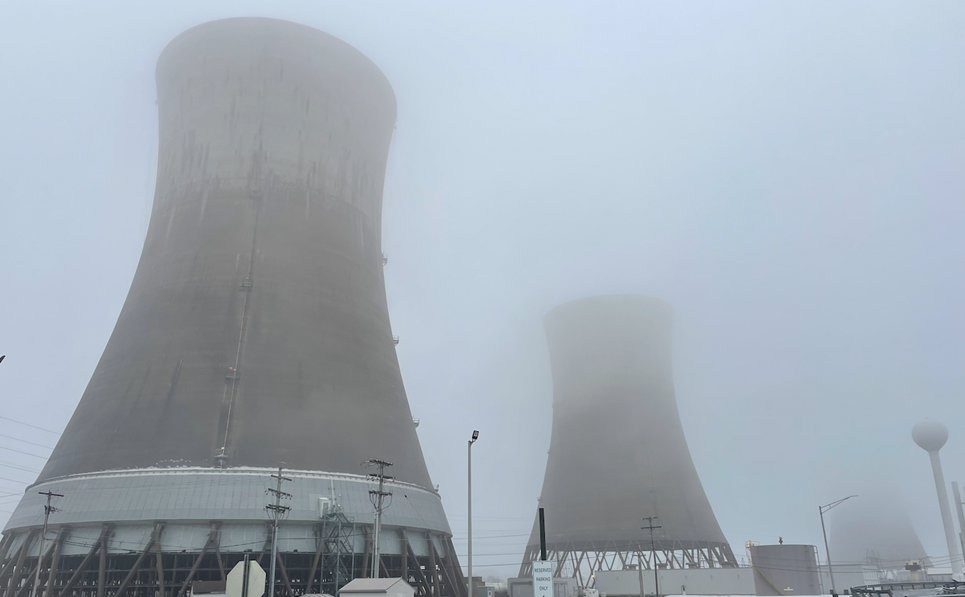
Figure 1: Three Mile Island NPP (Locus, February 2025)
Critically, water use and energy use are inextricably linked. Pumping, treating, and chilling water all require significant energy input; conversely, many power generation methods (from thermoelectric plants to on-site generators) consume large volumes of water for cooling. This means any efficiency gains in one domain can pay dividends in the other. For instance, when a data center reduces water consumption, it indirectly lowers its energy consumption and greenhouse gas emissions, because less energy is needed to move, pump, and cool that water. Locus Technologies refers to this as the water–carbon nexus: every gallon saved in cooling water can translate to energy saved and carbon emissions avoided. On the other hand, attempts to cut water use without holistic planning can backfire. If a facility switches from water-based cooling to air-based cooling, it might spare some water on-site but demand far more electricity for chillers and fans, which, in turn, can increase water usage at the power plant (for cooling the extra generation). In short, managing water and energy in silos is no longer viable. They must be optimized together to avoid simply shifting the burden from one resource to the other.
Global trends magnify this intertwined challenge. The World Resources Institute (WRI) projects a 56 percent gap between global freshwater supply and demand by 2030 under a business-as-usual scenario. In other words, if industries (data centers included) do not curb their thirst, more than half of the water needed worldwide could go unmet. Such a deficit would have dire consequences for communities and businesses alike. Data centers, often built in water-stressed areas for other strategic reasons, are already encountering community opposition over water usage. Local officials worry about facilities “threatening electricity and water access” and straining grids and the aquifer. The writing on the wall is clear: future data center growth and business resilience will depend on more innovative, integrated management of water and energy resources.
Unified Management: A SaaS Solution for Water and Energy
Given this backdrop, forward-thinking operators are adopting a unified approach to resource management. Locus Technologies’ unified SaaS platform is leading the way, providing a single software solution to monitor, analyze, and optimize both water and energy use across industrial operations. In contrast to fragmented tools that treat environmental metrics separately, Locus’s cloud-based platform recognizes that water and energy data are two sides of the same coin and brings them together for a comprehensive view. This unified platform is designed for EHS and sustainability managers who need rigorous technical insight and accessible usability.
Visibility comes first. As Locus advises its customers, the first step to improvement is being data-driven and measuring everything reliably. Many data centers historically lacked detailed visibility into their water usage patterns – it wasn’t uncommon for water consumption data to be limited to utility bills or periodic manual readings. Now, with Locus Platform, operators instrument their facilities with IoT sensors and smart meters to get real-time data on water flow, usage in cooling systems, discharge quality, energy draw by cooling equipment, and more. Locus Refrigerant Management app, besides complying with the regulations for refrigerant management, also provides an extended set of tools to manage other aspects of refrigeration, including water management. All this data streams into our Locus Water Suite, which serves as a central hub for water resource management.
Locus Water Suite
In practice, the Locus Water Suite provides end-to-end oversight of a facility’s water usage and its interplay with energy. When Locus engages a new customer (whether a data center or a utility), it starts by understanding their business and sustainability objectives, then conducting detailed assessments and engineering audits. The outcome is a tailored water-management blueprint that often reveals hidden inefficiencies. Using the software, managers can model the full “business value of water” – tracking every drop from intake to discharge. The platform handles everything: from scheduling backflow prevention tests to monitoring treatment chemicals for scale control, tracking cooling tower blowdown and effluent compliance, and even managing water reuse streams after the water leaves the data center. Sophisticated water balance calculations quantify where water is being consumed or lost (e.g., evaporation vs. circulation), helping companies pinpoint the best opportunities for savings. “If companies are going to drive change, they need visibility into their water operations. If they can’t see the problem, they don’t know what to fix,” as the Locus team is fond of saying. By centralizing all these data points, Locus software gives a holistic picture of water performance that was nearly impossible to obtain before, especially when trying to correlate it with energy usage data.
IoT-Based Monitoring
A key feature enabling this visibility is Locus’s IoT and automation technology. The platform integrates with connected sensors installed in cooling towers, chillers, pumps, and other infrastructure. These IoT devices continuously monitor parameters like water flow rates, temperature, pressure, and water quality indicators, as well as energy metrics like pump electricity consumption. The software analyzes these in real time to detect anomalies or inefficiencies. For example, if a cooling tower’s water usage spikes or its output temperature rises, Locus software will flag the condition instantly. It can correlate that with energy data, perhaps a pump is drawing excessive power due to fouling, or a chiller’s coefficient of performance has dropped, or a variable speed pumping rate requires change, to diagnose the likely cause. Alerts and automation then prompt timely adjustments. Locus Platform might recommend changing a cooling setpoint, dispatching a crew to inspect a clogged pipe, or automatically adjusting a valve. By acting on insights quickly, operators can prevent minor issues from snowballing into significant resource waste or downtime. These IoT-driven feedback loops enable data centers to respond dynamically to rapidly changing loads and environmental conditions. For instance, a data center utilizing Locus’s IoT monitors identified a subtle performance drift in its cooling system. It corrected it, saving significant water and energy that would otherwise have been lost over time. The real-time nature of these tools is crucial because data centers often experience fluctuating workloads (e.g., daytime peaks, AI training bursts) that impact cooling needs – the software ensures optimal resource use hour-by-hour.
AI-Powered Optimization
Building on its rich data streams, Locus has also introduced AI into the resource management mix. Advanced AI algorithms in the platform sift through historical and real-time data to identify patterns and predict optimal settings. In a recent pilot project, Locus partnered with several major facilities to deploy an AI-powered water conservation solution across their operations. The results have been promising: the AI system, analyzing thousands of sensor inputs, was able to recommend process adjustments that could reduce water usage by up to 25 percent in cooling operations. These recommendations range from load shifting (e.g., running specific processes at cooler times of day to reduce cooling needs) to predictive maintenance (cleaning heat exchangers right before efficiency drops steeply) and intelligent setpoint control (tweaking cooling levels just enough to meet needs without waste).
By continuously learning and updating its suggestions, the AI ensures that both water and energy are optimized in tandem. For example, it might slightly increase chiller water flow to shave a few kilowatts of pumping energy if it finds an optimal balance point. Early adopters of this AI-driven approach have seen not only resource savings but also more stable operations, as the algorithms can anticipate issues before they become critical. This kind of predictive optimization is vital as data centers strive to both scale up capacity and minimize their environmental footprint. As early as 1998, Locus was deploying elements of these technologies to automate water treatment systems operations as published in the ASCE article “Automatic Savings.”
Radiation Control for Energy Utilities
Locus’s unified platform extends beyond commercial data centers and cloud companies. It also extends to the energy sector, including nuclear power utilities, which have their own water and energy management challenges. Nuclear power plants, for instance, use vast amounts of water for reactor cooling and steam generation, and they must carefully monitor this water for safety (radiological content) and regulatory compliance. Locus’s software includes specialized radiological water and effluent management capabilities tailored to the nuclear industry. This software automates processes like tracking radioactive tritium levels in cooling water, generating required regulatory reports (e.g., annual Radiological Environmental Operating Reports), and managing compliance with Nuclear Regulatory Commission (NRC) standards. Several major nuclear facilities have adopted Locus Platform to replace tedious manual data handling. Tasks like compiling yearly effluent summaries that used to take weeks of spreadsheet work can now be done in seconds via automated data integration and formatting. By unifying radiation monitoring with broader water and environmental data, nuclear operators get a single source of truth for both safety and sustainability metrics. This is increasingly important as nuclear plants often partner with large data centers to supply reliable power, meaning their water use and energy output are directly linked to data center operations. Locus Platform helps ensure that every drop of cooling water in the energy supply chain is accounted for and managed responsibly, closing the loop in the water-energy nexus from power generation to IT consumption.
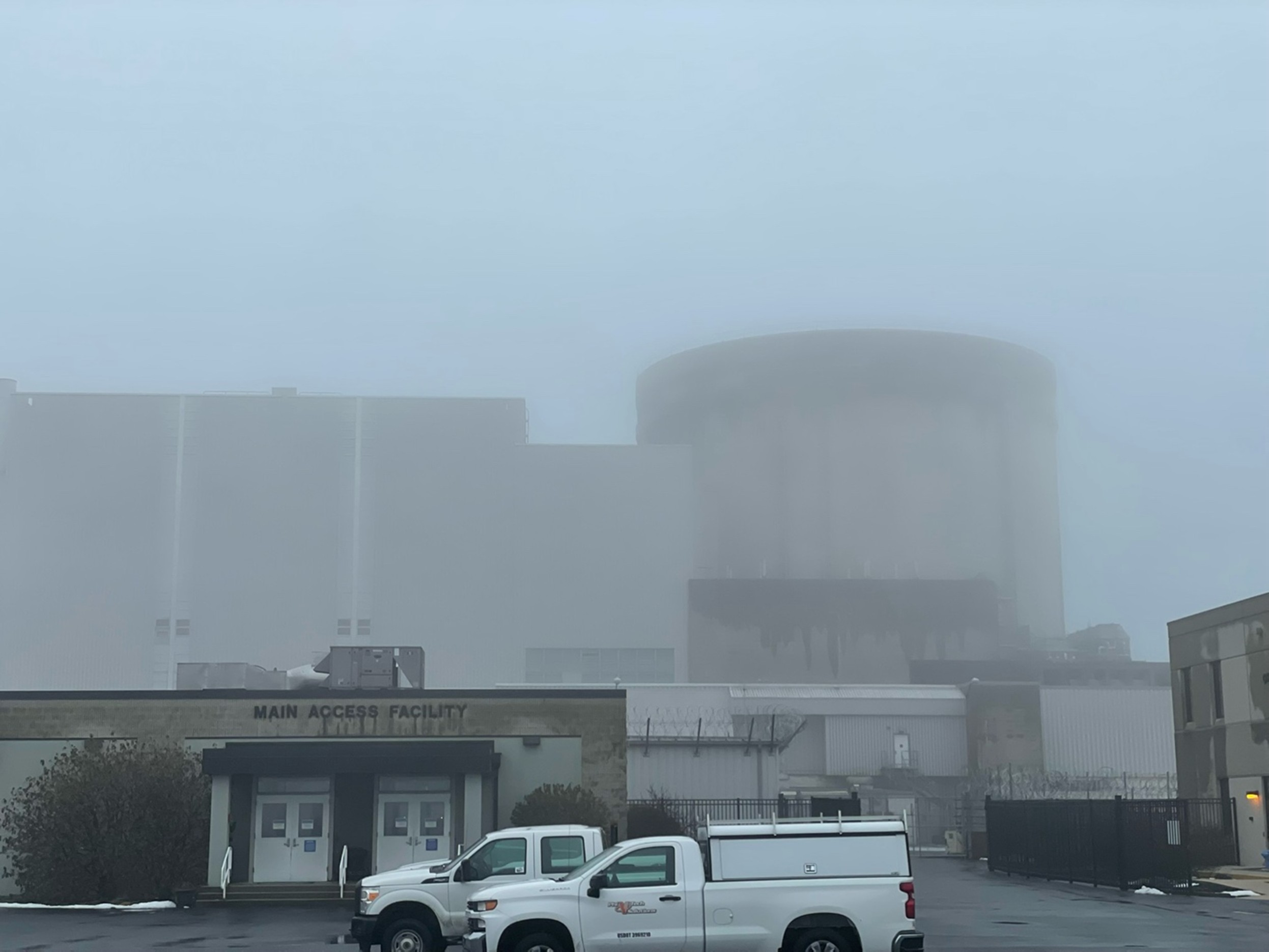
Figure 2: Main Reactor Building, TMI NPP
Locus Platform Components and Benefits at a Glance
To summarize how a unified solution addresses these multifaceted needs, the table below outlines key components of Locus Platform and their roles:
| Locus Solution | Application | Key Benefits |
|---|---|---|
| Water Suite | Water monitoring & management | Models the whole water cycle in operations, from intake to effluent, with detailed water balance calculations. Gives visibility into usage, quality, and losses, enabling data-driven conservation strategies. |
| IoT & Automation | Real-time sensor monitoring | Uses connected sensors to continuously track cooling system performance (flow, temperature, etc.) and energy draw. Flags inefficiencies or abnormal conditions in real time and prompts adjustments, preventing waste and optimizing resource use on the fly. |
| AI Optimization | Predictive analytics & control | AI algorithms analyze patterns in water and energy data to recommend optimal settings. In pilots, this has targeted up to a 25 percent reduction in water use by fine-tuning cooling processes. Improves efficiency while maintaining performance, even under changing loads. |
| Radiation Control Module | Nuclear sector (cooling water compliance) | Manages reactor cooling water and radiological data for nuclear power plants. Automates reporting (RETS/REMP) and ensures compliance with NRC standards. Helps energy providers (who often power data centers) safely reduce water waste and environmental risk in their operations. |
Conclusion: Sustainability and Operational Excellence Go Hand in Hand
The experiences above underscore a powerful message: efficient water management and efficient energy management are two sides of the same coin. In the past, an environmental health and safety (EHS) manager might have approached water conservation and energy savings as separate projects, or even seen them in conflict. Today, leading data center operators and industrial firms are recognizing that an integrated strategy can achieve both goals simultaneously. It’s not water conservation OR business growth, it’s both. By leveraging advanced digital tools and data-driven insights, companies no longer have to choose between sustainability and performance – they can enhance both at once.
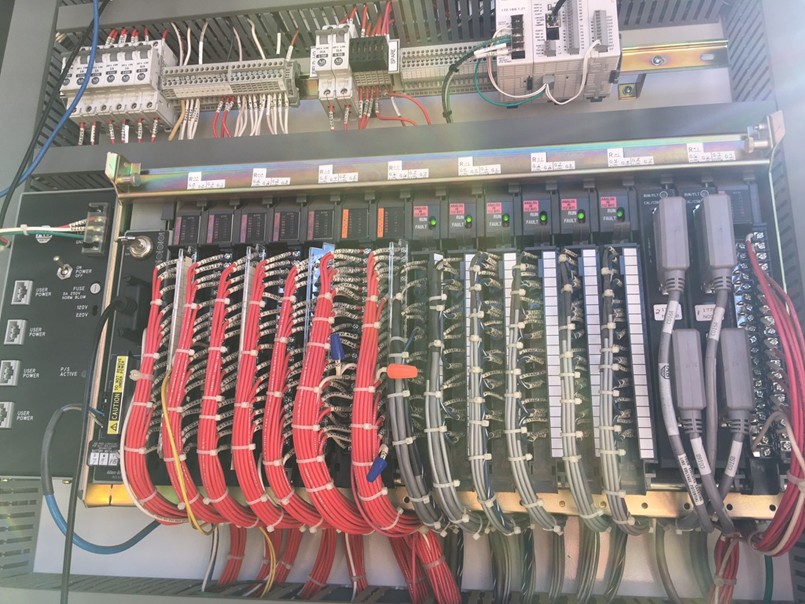
Figure 3: Water Energy Nexus at NASA Facility Operated by Locus
Locus Technologies’ unified SaaS platform is a prime example of the kind of innovation enabling this win–win scenario. It provides the technical rigor needed to handle complex resource data (across IoT sensors, AI analytics, compliance requirements) while presenting information in a clear, accessible way for managers to act on. An EHS manager using Locus’s dashboard can just as easily generate a compliance report for wastewater discharge as they can pull up a live trend of water use vs. energy use in each building, all in a few clicks. This seamless accessibility means better decision-making at all levels, from facilities engineers tweaking system settings to executives setting corporate sustainability targets.
The stakes are high. Data centers, the backbone of our digital economy, will only proliferate further as AI and cloud services expand. Without proactive resource management, their growth could exacerbate water scarcity, carbon emissions, and local community conflicts. But with unified, intelligent platforms guiding the way, data centers can instead become models of resource efficiency. Imagine facilities that recycle the majority of their water on-site, use just the right amount of energy at the correct times, and recover waste heat or water for local reuse. These are not far-fetched goals; they are within reach when we harness innovation and robust data management.
In summary, addressing the water–energy nexus is now a core part of operational excellence for data centers and industrial operations. A unified software solution like Locus not only helps monitor and optimize these resources in real time but also fosters a culture of continuous improvement and accountability. Companies that embrace such tools are finding that sustainability metrics improve in parallel with cost savings and reliability, a true triple bottom line benefit. As we look to a future of unprecedented digital growth, solutions that bridge water and energy management will be the linchpin for sustainable progress. With the right platform in place, industry can meet the surging demand for data and computing without draining our planet’s vital resources, delivering on business objectives while securing a greener, more resilient future for all.
Sources:
- United Nations Conference on Trade and Development – Technology and Innovation Report 2025themesetfs.com
- International Energy Agency – Data Centers and Energy Demand (2024)time.com
- UC Riverside Study on AI Water Footprint (Ren et al., 2023).com
- World Resources Institute – Global Water Supply Risk Projections. inogenalliance.com
- Locus Technologies – Managing Water in the Data Center (White Paper)
- Locus Technologies – Reviving the Nuclear Industry (Case Study)locustec.com
- Grist – “Amazon says it’s going ‘water positive’ — but there’s a problem” (2024)grist.org
Neno Duplan
Founder & CEO
As Founder and CEO of Locus Technologies, Dr. Duplan spent his career combining his understanding of environmental science with a vision of how to gather, aggregate, organize, and analyze environmental data to help organizations better manage and report their environmental and sustainability footprints. During the 1980’s, while conducting research as a graduate student at Carnegie Mellon, Dr. Duplan developed the first prototype system for an environmental information management database. This discovery eventually lead to the formation of Locus Technologies in 1997.
As technology evolved and new guidelines for environmental stewardship expanded, so has the vision Dr. Duplan has held for Locus. With the company’s deployment of the world’s first commercial Software-as-Service (SaaS) product for environmental information management in 1999 to the Locus Mobile solution in 2014, today Dr. Duplan continues to lead and challenge his team to be the leading provider of cloud-based EH&S and sustainability software.
Dr. Duplan holds a Ph.D. in Civil Engineering from the University of Zagreb, Croatia, an M.S. in Civil Engineering from Carnegie-Mellon, and a B.S. in Civil Engineering from the University of Split, Croatia. He also attended advanced Management Training at Stanford University.
Locus is the only self-funded water, air, soil, biological, energy, and waste EHS software company that is still owned and managed by its founder. The brightest minds in environmental science, embodied carbon, CO2 emissions, refrigerants, and PFAS hang their hats at Locus, and they’ve helped us to become a market leader in EHS software. Every client-facing employee at Locus has an advanced degree in science or professional EHS experience, and they incubate new ideas every day – such as how machine learning, AI, blockchain, and the Internet of Things will up the ante for EHS software, ESG, and sustainability.


